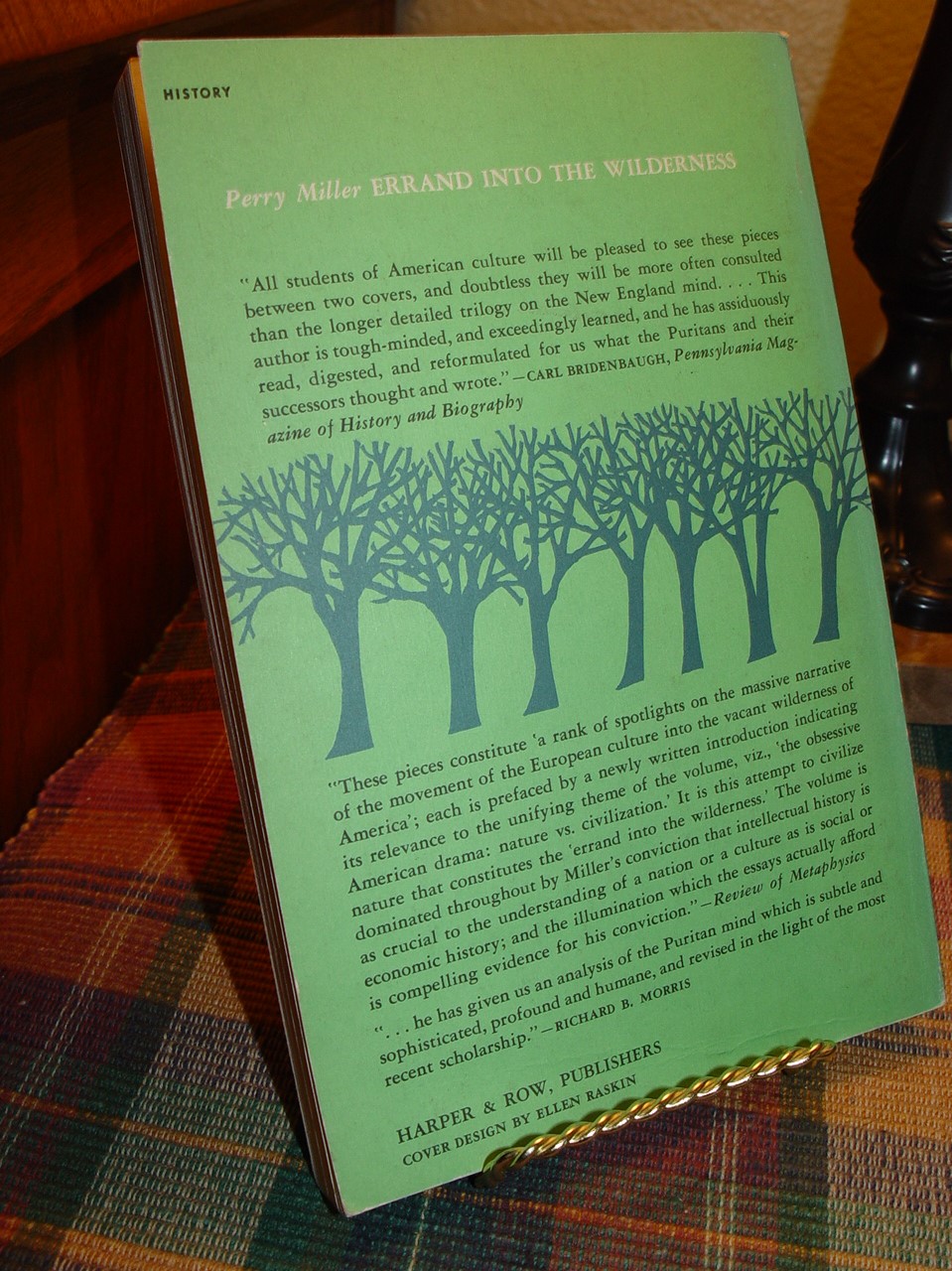
Graziano’s choice to write this book in chronological order, and his clear writing style, make this book not only an excellent addition to the shelves of scholars of religion, but also a text that is intelligible to non-scholars of religion as well, especially those who are interested in either the topic of the intelligence community or the history of the study of religion. Although Catholicism was the blueprint through which other religions were approached, the intelligence communities’ general understanding of religion was ultimately still that it was the same for everyone, everywhere, all the time Errand covers over three decades of US intelligence history but does not forget to remind the reader throughout the text that the lens through which the intelligence community collected and comprehended information about religion was Westernized and Protestant. functioned like Christianity, since both were monotheistic, Abrahamic traditions” (155). This is subsequently seen in the final chapter on Iran when Graziano writes that, “Intelligence officers assumed that Islam. This “strategic toleration” of Catholicism resulted in a model that the OSS and CIA used to study other religions (16). Graziano begins the book by walking the reader through the OSS’s involvement with the Vatican during World War II, a time during which anti-Catholicism rhetoric was still prevalent. Investigating this one example, among US intelligence services, opens the door for such a wider conversation.Ī common thread is woven throughout Graziano’s text, which is that Catholicism was the blueprint that the OSS and CIA used to study and understand religion. Therefore, one could use this book, dedicated as it is to a historically and nationally discrete example, to critically analyze the ways in which the academy and the intelligence community approach religion are intermingled. In his introduction, Graziano writes,: “Echoing the inchoate academic study of religion, intelligence officers saw religion as something that everyone everywhere possessed all the time” and reflects this in his final chapter when he asserts, “studies of the intelligence community mirror studies of religious communities” (4 182). It is also about how the intelligence community’s understanding of religion influenced larger societal understandings of religion, as well as the academies’ approach to the study of religion.

This book, however, is not just about the CIA or the OSS, but rather those two organizations are used as examples to talk about this thing we call religion, and the ways in which it is used as a tool. Graziano’s text is primarily concerned with the ways in which the intelligence community comprehended and subsequently instrumentalized religion to their benefit during multiple wartime eras. By exploring this religious approach with the OSS and CIA in chronological order, Graziano guides the reader through a brief history of the interactions that the intelligence community had with various religions, notably those that they perceived to be either threatening or useful to their specific war-time agendas. In Graziano’s own words, the book “is a study of how and why religion came to be a subject of interest for American intelligence professionals, and how they developed and deployed ‘religion’ as a necessary component of national security” (8). This religious approach was also operating under the assumption that religion not only existed everywhere, but also that understanding one religion would result in the ability to understand all religions everywhere.

Specifically, it explores how the US’s Office of Strategic Services (OSS) and the Central Intelligence Agency (CIA) utilized what can be called a religious approach that was rooted in both American Exceptionalism and Protestant understandings of how religion operated.

Michael Graziano’s Errand into the Wilderness of Mirrors: Religion and the History of the CIA provides a compelling and important glimpse into the intelligence community and its use of religion during war-time eras.


 0 kommentar(er)
0 kommentar(er)
